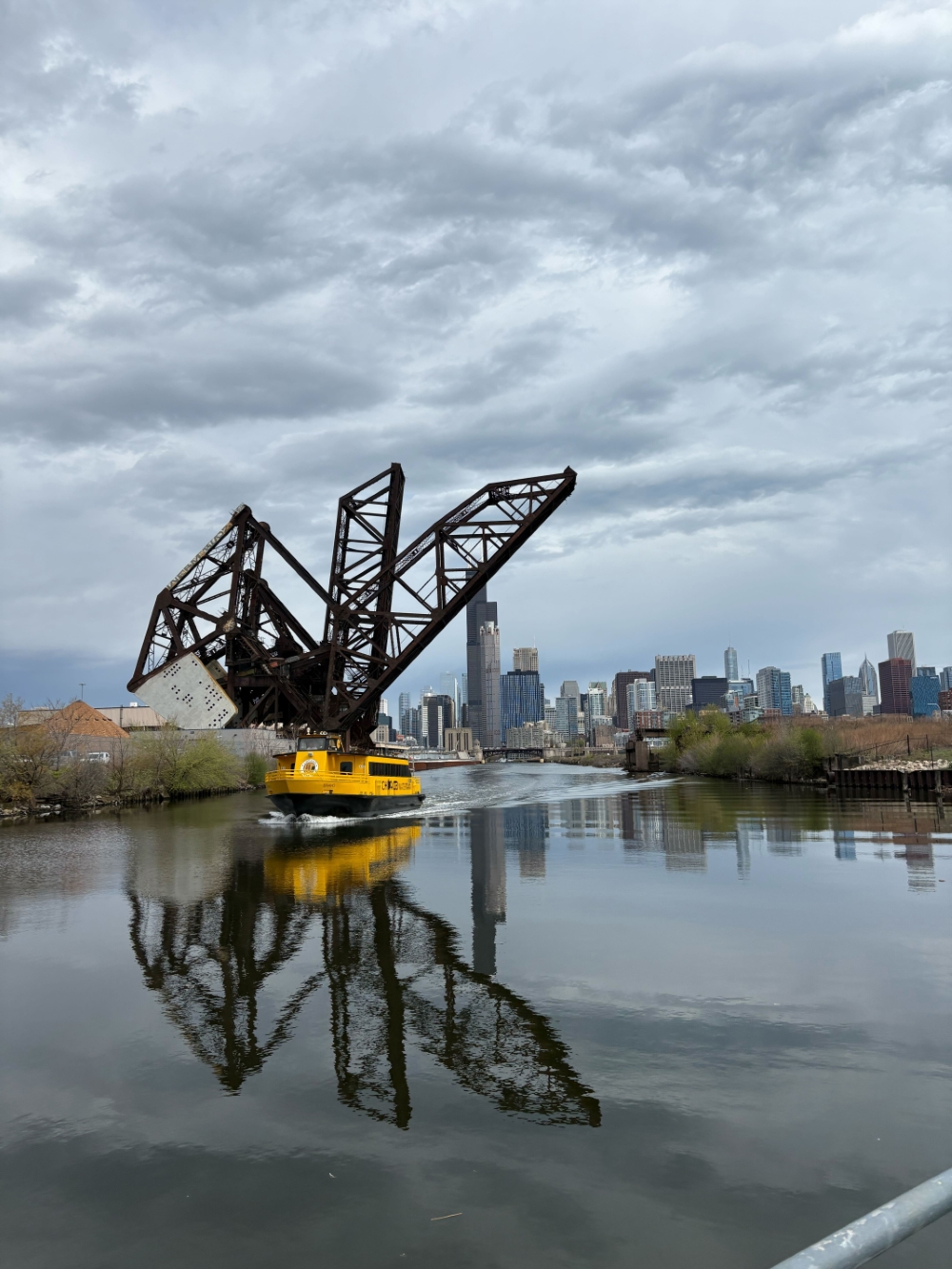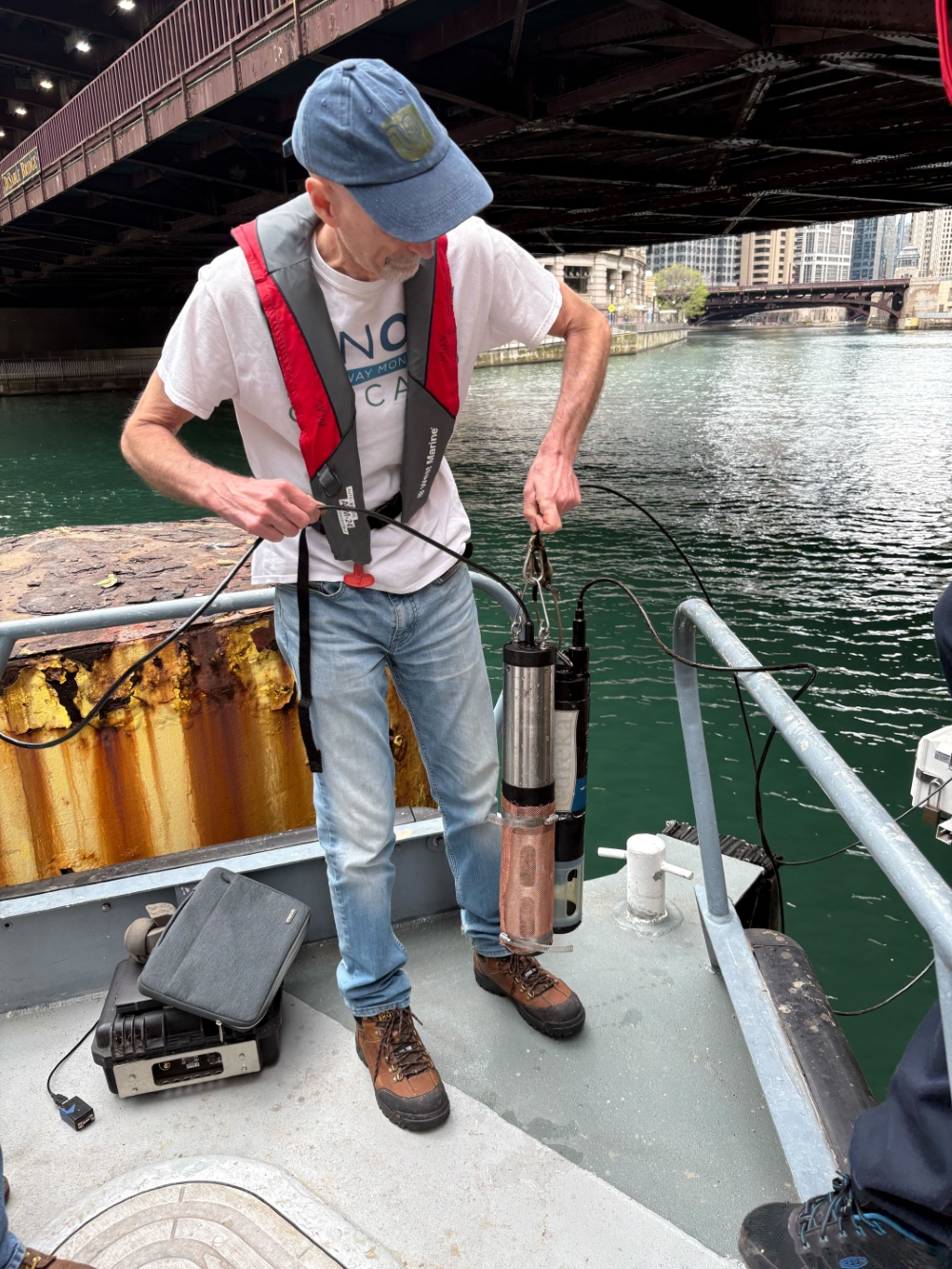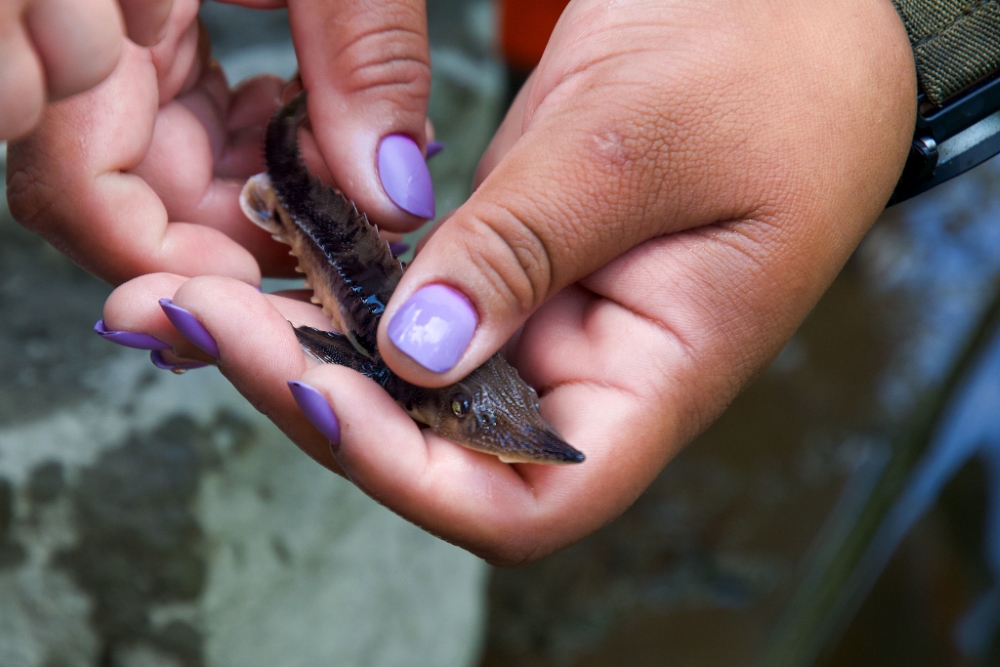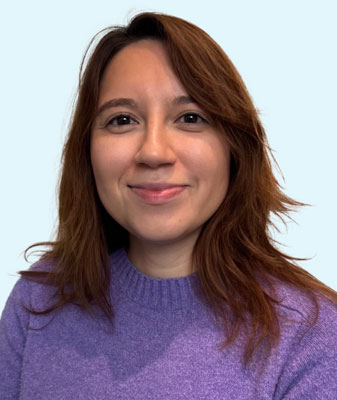How this valuable resource is driving economic growth in the Great Lakes region.
If you were to total the miles of shoreline encompassing the Great Lakes region, you would arrive at a number north of 10,000 — an amount greater than all seacoasts in the U.S. combined. And if you were to count all the islands in this region, the largest group of freshwater lakes on Earth, the calculation would put you at roughly 35,000. With over 20% of the world’s surface freshwater supply and a topography shaped by ancient glacial movements, the Great Lakes are known for their bounty of natural water and water-derived resources, a rippling “blue economy” that aims for both the conservation of its freshwater ecosystems and a sustainable use of its resources to drive economic growth and the betterment of local communities.
A Watershed of Wealth
A mountain of organizations are putting in the effort to conserve the precious resources the Great Lakes have to offer. One such organization is Michigan Sea Grant (MISG), which has committed to research, outreach and education to support the Great Lakes coastal ecosystems, communities and economies in the state since the late 1960s.
“The Great Lakes are the beating heart of our region and are among the world’s 15 largest lakes,” says Dr. Silvia Santa Maria Newell, Michigan Sea Grant director and University of Michigan professor for environment and sustainability. “They support a $5 billion fishery, a $19 billion shipping industry, millions in coastal tourism and more — all of which form a significant part of the basis of our regional economy.”
A significant way of sustaining the aquatic resources of the Great Lakes blue economy is the protection and restoration of wetlands, which enable native fish and animal species to remain extant in the region. Certain fish populations hold a high value to commercial and recreational fishers. In Saginaw Bay, stocking programs have led to fisheries being built over the years for the walleye, a prized cold-water game fish native to most of Canada and the northern United States. Lake sturgeon, whitefish, salmon and trout are just a few of a dozen species of fish that contribute to the Great Lakes commercial and recreational fishing base.
From 2018 to 2023, MISG turned $19 million of federal and state funding into nearly $86 million in direct economic benefits for Michigan, Newell says. Put another way, for every $1 in core funding the program received, $4 in value was generated for the state of Michigan. The work of the program has moved to focus more on the people of Michigan and emphasizes on-the-ground work, including community work to help ensure sustainability, workforce development and lifelong learning.
“Our scope expanded to include aquaculture in the interest of food sustainability and security,” Newell says. “And we are helping municipalities, schools and marinas manage stormwater and flooding through green infrastructure. We have also really seen the value of increased collaboration with agencies and organizations throughout the state and the entire region, including Canadian partners.”
The Michigan Sea Grant is used to working hand-in-hand with research organizations, developed out of a partnership among the University of Michigan, Michigan State University and the National Oceanic and Atmospheric Administration (NOAA). When asked how the program uses these connections, Newell notes that they are “lucky to be able to leverage the strengths of both of our host institutions.”
“The research strength of University of Michigan makes it a natural home for our research program, as well as allowing us to easily collaborate with the other Great Lakes NOAA programs that are housed here,” she says. “Michigan State University Extension provides our Extension educators access to extensive resources, connections and training to support them in their roles of engaging with community and partners.”

Current, the main water innovation hub of RENEW, primarily operates out of Chicago.
Photo courtesy of Current Innovation NFP
Think Circular
The Great Lakes RENEW (Recovery of Energy, Nutrients, critical Elements and Water) Engine is supported by the U.S. National Science Foundation and aims “to develop and implement policies, practices and technologies that help reduce, reuse and recycle water and recover the valuable resources it carries,” says Alaina Harkness, CEO and principal investigator of Great Lakes RENEW and CEO of its lead anchor organization, Current. The RENEW engine has over 75 affiliates that include universities, national labs, global industry leaders, utilities, nonprofits and community organizations. Current is RENEW’s Chicago-based water innovation hub. The goals of the organization are as vast as the waters RENEW is keen on harnessing to build a circular blue economy in the Great Lakes region.
“Our engine gives us the structure to build a powerful coalition working in alignment toward these shared goals of economic prosperity and water stewardship,” says Harkness. “If the Great Lakes Region were a country, its $6 trillion GDP would make it the third largest in the world. Collectively, our region brings not only market and innovation heft — from Fortune 500 companies to startups and venture capital — but a shared stewardship obligation to our globally significant freshwater resources.”
Often called the “universal solvent,” water is a known master of absorbing and mixing other materials like electrolytes, food nutrients, heavy metals and PFAS. Selective separation technologies help leverage and combat this ability of water when needed, allowing for the ability to sense, target and remove specific materials like nutrients, critical minerals or harmful contaminants from water. RENEW is seeking out the funding and advancement of new materials, sensors and processes that could recover valuable resources in the process of cleaning water from the Great Lakes, adding to an existing toolbox of technologies used in this field such as membranes, activated carbon, ion exchange and electrochemical processes.
“There are so many reasons we need to scale these technologies and shift toward circular water management,” says Harkness. “Instead of flushing away mineral-rich tailings and slurry from mining, we could secure domestic supply chains for critical minerals like lithium and copper. Instead of sending excess nutrients like nitrogen and phosphorus downstream where they create harmful algal blooms, we could recover them for fertilizer.”
A big boon to Current was a National Science Foundation grant that was awarded to the organization in January 2024. The inaugural award was $14.7 million for the first two years of work toward a potential $160 million over the 10-year award period.
Through strategic partnerships with Nomadic Venture Partners and mHUB, RENEW is building specialized accelerators to support water technologies for the mining and manufacturing industries. The engine is planning on launching annual competitive funding calls to support around 10 new R&D projects each year — each lasting two years and with funding up to $500,000. This work, along with efforts to remediate PFAS water contamination, should help secure an innovation pipeline to accelerate the transition to a circular blue economy.
For critical minerals like lithium, “demand is skyrocketing, driven by renewable energy, semiconductors, manufacturing and data centers,” says Harkness. “The lack of domestic availability of these materials creates significant supply chain and security risks. At the same time, these minerals are present in wastewater systems, from sources like mines and brines but also in our municipal wastewater. The challenge is to understand which of these unconventional sources has the most potential and feasibility for cost-effective recovery — and that takes research and experimentation.”

An H2NOW installation will provide real-time data on water quality in
Chicago rivers.
Photo courtesy of Current Innovation NFP

